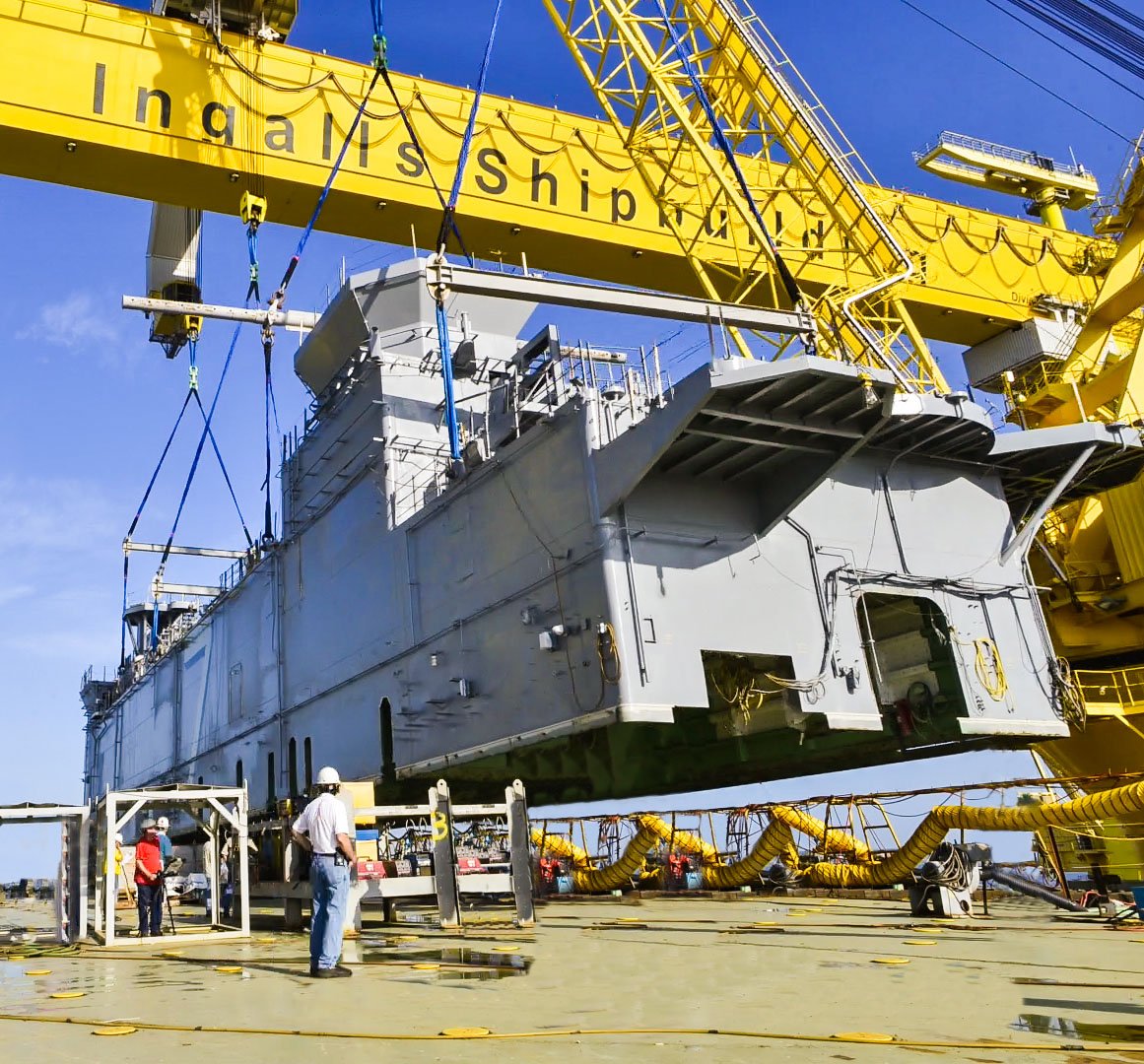
WASHINGTON, D.C. — Outgoing Secretary of the Navy Ray Mabus has crafted the Fiscal 2018 Department of the Navy budget submission in line with the stated goals of the new Trump administration rather than the priorities of the current Department of Defense, according to a memo Mabus sent to Pentagon leaders on Thursday.
The memo, addressed to Secretary of Defense Ash Carter and first obtained by Defense News, justifies the Department of the Navy programming tens of billions more dollars in its submission to the Office of the Secretary of Defense over Carter’s guidance primarily in shipbuilding.
“The instruction your office conveyed directed cuts that would reduce the Navy’s and Marine Corps’ essential role as a forward-deployed and forward-stationed force to a fleet confined to home ports with infrequent overseas deployments,” Mabus wrote in the memo.
“In order to build some types of ships, I will not cut other ships, regardless of their function in the fleet. That is not how you maintain a Navy, one of our nation’s most precious assets.”
One Carter directive was to reduce the planned buy of surface ships to pay for more submarines for the service, Defense News reported.
The Navy also added, “a number of items to its budget, including 58 F/A-18 Super Hornet strike fighters, six P-8A maritime multi-mission aircraft and $14 billion in readiness accounts. About $2.5 billion of the potentially $40 billion shortfall, the OSD source said, is from Marine Corps accounts, while another $3.5 billion is for congressionally directed cruiser modernization,” reported Defense News.
Carter and Mabus have been seen publically at odds over the Navy’s shipbuilding priorities since news broke that Carter had mandated the Navy cut its planned buy of Littoral Combat Ships and frigates based on the two existing LCS designs from 52 to 40 in late 2015.

While the animosity between the two is high, the result of the spat will likely mean little to DoD or Navy fiscal prospects when the Trump administration takes over the Pentagon in January.
“We’re spending less time worried about what we put into [the budget] today and trying to anticipate what we might see in February and March and making sure we’re ready to potentially execute,” Vice Chief of Naval Operations Wiliam Moran told reporters at the Navy’s Future Strategy Forum this week.
“No matter what we do now we’ll have to resubmit either based on new strategic guidance or new fiscal guidance that comes with the new administration. We’re trying not to kill the villagers and have the [Navy] staff do two budgets simultaneously when one is not going to survive contact with the next administration.”

Ahead of the Trump Pentagon, Moran said the service was working to get its priorities set to present to the new administration.
“When we are asked, we want to have our ducks in a row and end up with priorities that are important with the near term and the far term of the Navy and we’re working on the list,” he said.
“Maintenance and modernization of both ships and submarines and aircraft are at the top of our list. In the strike fighter shortfall world, we need to keep buying Super Hornets to offset the delay in F-35 and the material condition of our current fleet. Those are things we can execute tomorrow. Putting money into readiness, addressing some of our shortfalls in our bases, building munition stocks we have taken risks… those are things we would try to buy back given a higher topline.”
The Trump team, including likely Trump SECNAV pick Rep. Randy Forbes (R-Va.), has talked about growing the fleet to 350 ships as a key plank in their national security platform. Moran said the stated goal of the new administration would be an opportunity to grow the fleet and also address other needs.
“[Conversation around] the 350 number — or the mid-300s number — is a way to get our oar in the water of potentially more resources,” he said addressing the assembly at the forum.
“We need to talk about bigger if we’re going to get more but I’ll have to remind everybody the… costs that go with that and the sustainability costs that go with that, have a tail that’s going to be enormous.”

In addition to the shorter-term budget submission, the Navy has delayed releasing a new Force Structure Assessment that sets the goal of fleet size for the service until the new administration takes over, several Navy officials told USNI News. The number, last set at 308 ships, will likely grow in into 340s, USNI News understands.
In his memo to Carter, Mabus was clear his FY 2018 submission was set to meet that goal.
“My budget submission will be the bridge to future budgets that reflects a new Force Structure Assessment and builds the Navy and Marine Corps the nation needs to maintain American influence, assure allies and partners and protect critical pathways of trade and commerce,” Mabus wrote.
“If you ultimately decide to submit a budget that takes away the ability of the Navy and Marine Corps to do their job, it will not have my support, and I will make my objections widely known.”





